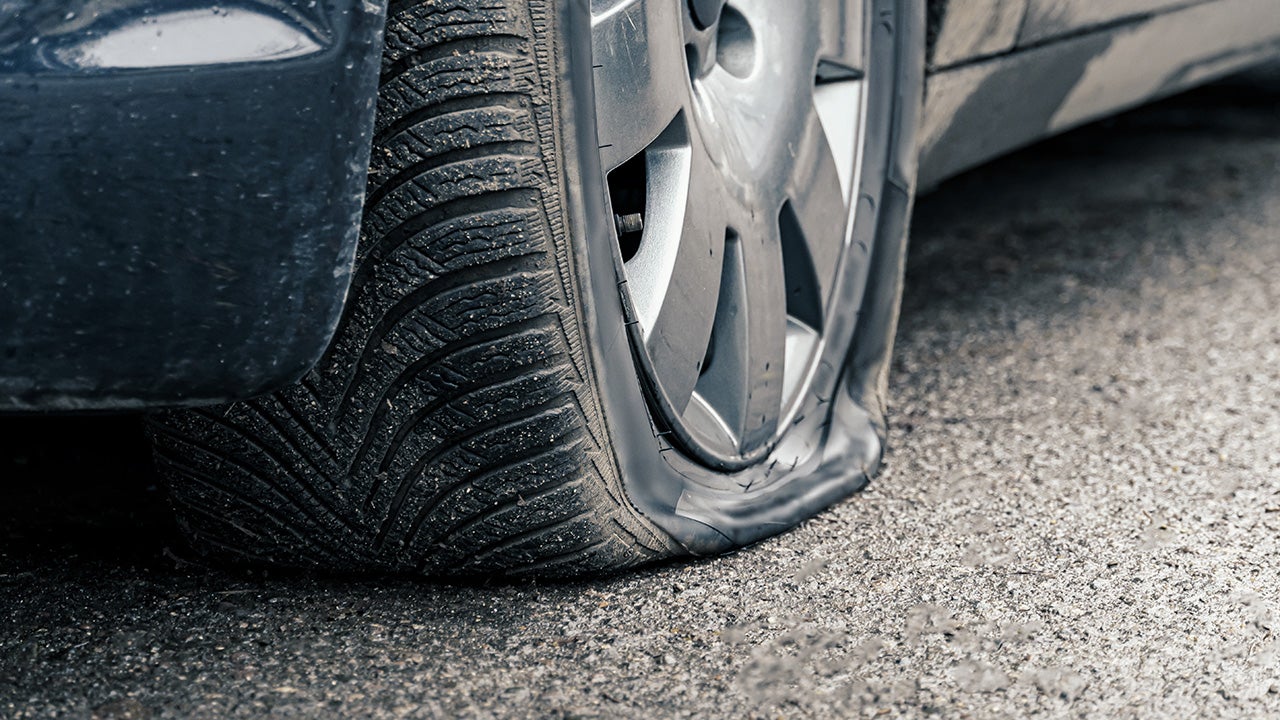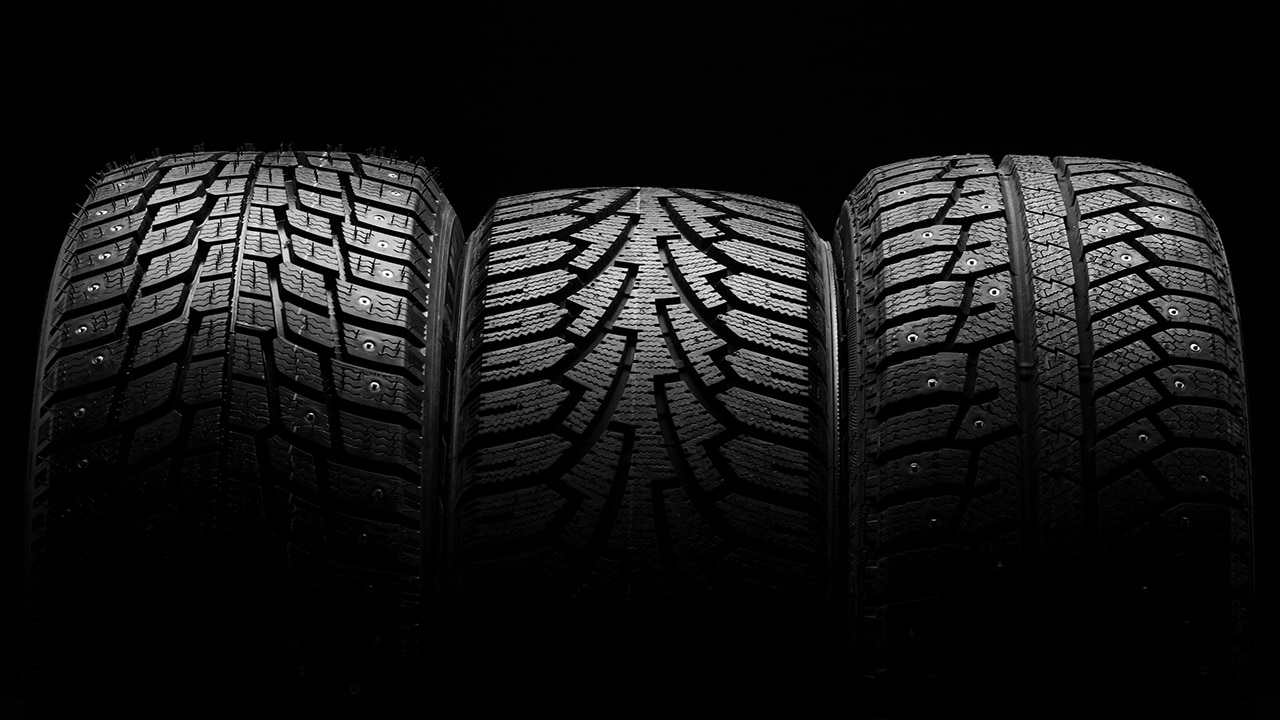All Categories
Featured
Table of Contents
I was able to get 100 hours out of one of these tires, and while it had absolutely no tire lugs left on it, the soft compound made it function really wellas long as I was making use of a soft mousse. Kitt Stringer picture Easy installing - 3Wear - 3Sidewall toughness - 3Performance on roots - 4Performance on damp rocks - 2Traction on dirt - 5Cornering ability - 4Traction while braking - 4Self-clearing of dust and mud - 3Performance in mud - 3Overall predictability or tracking - 3 _ 37 Final thought: This is a good all-around tire with great value for money.

The wear was constant and I like how much time it lasted and exactly how regular the feeling was during usage. This would certainly also be a good tire for faster races as the lug dimension and spacing little bit in well on rapid surface. Kitt Stringer image Easy placing - 3Wear - 3Sidewall strength - 3Performance on origins - 4Performance on wet rocks - 4Traction on dirt - 4Cornering ability - 4Traction while stopping - 5Self-clearing of dirt and mud - 4Performance in mud - 4Overall predictability or monitoring - 4_42 Conclusion: I liked this tire a whole lot.
If I had to purchase a tire for difficult enduro, this would be in my top option. Easy installing - 3Wear - 3Sidewall toughness - 3Performance on roots - 4Performance on damp rocks - 3Traction on dust - 4Cornering ability - 3Traction while braking - 3Self-clearing of dust and mud - 4Performance in mud - 4Overall predictability or tracking - 3 _ 34 Conclusion: This tire was extremely soft and pliable.
All the gummy tires I tested carried out rather close for the initial 10 hours or two, with the winners mosting likely to the softer tires that had much better traction on rocks (Tyre upgrades). Buying a gummy tire will most definitely give you a strong advantage over a regular soft substance tire, but you do pay for that advantage with quicker wear
Trusted Discount Tyres Near Me (Bennett Springs)
This is an excellent tire for springtime and fall conditions where the dirt is soft with some moisture still in it. These tried and tested race tires are terrific all about, however use swiftly.
My overall victor for a tough enduro tire. If I needed to invest money on a tire for daily training and riding, I would certainly select this set.
Reliable Discount Car Tyres
I've been running a set of Michelin Power Pilot 2CT's on my track Daytona 675 for the previous year. In that time I have actually done 15 track days in all climates from cold wet to extremely hot and these tires have never ever missed out on a beat. Cheap tyres. I have actually done virtually 2,000 miles (3,200 km) on them and as you can see from this shot of the front taken after initial session of my 15th track day on them, they still have fairly a whole lot of rubber left on them
Simply put the 2CT is a remarkable track day tyre. If you're the type of motorcyclist that is most likely to come across both damp and completely dry conditions and is beginning on the right track days as I was in 2014, then I believe you'll be hard pressed to find a better worth for money and experienced tire than the 2CT; a pair of which will certainly set you back around 185 (US$ 300) in the UK.
Coming up with a better all rounded road/track tire than the 2CT have to have been a tough task for Michelin. The outcome of that effort is the Michelin Pilot Power 3 which essentially changes the Pure. Don't confuse this new tyre with the road going Pilot Road 3 which is not developed for track use (although some bikers do).
When the Pilot Power 3 launched, Michelin suggested it as a 50:50% roadway: track tire. All the rider reports that I have actually reviewed for the tire rate it as a better tyre than the 2CT in all areas yet particularly in the wet.
Trusted Low-cost Tyres ( Swan 6063 WA)
Technically there are quite a few differences in between both tires although both use a twin compound. Visually you can see that the 2CT has fewer grooves cut right into the tire but that the grooves go to the side of the tire. The Pilot Power 3 has more grooves for much better water dispersal but these grooves don't reach the shoulder of the tire.
One aspect of the Pilot Power 3 which is different to the 2CT is the new 2CT+ technology which extends the harder center section under the softer shoulders (on the rear tyre). This ought to provide much more security and reduce any "wriggle" when accelerating out of corners regardless of the lighter weight and even more adaptable nature of this new tyre.

I was slightly uncertain about these lower pressures, it turned out that they were fine and the tyres carried out really well on track, and the rubber looked much better for it at the end of the day. Simply as a point of reference, various other (quick group) motorcyclists running Metzeler Racetecs were utilizing tire stress around 22-24 psi for the back and 24-27 psi on the front.
Thinking of a much better all rounded road/track tyre than the 2CT have to have been a difficult job for Michelin. The result of that initiative is the Michelin Pilot Power 3 which basically replaces the Pure. Don't puzzle this new tire with the road going Pilot Road 3 which is not designed for track usage (although some motorcyclists do).
Trusted Tyre Safety Checks ( Swan)
They inspire massive self-confidence and provide impressive grip levels in either the wet or the dry. When the Pilot Power 3 launched, Michelin advised it as a 50:50% roadway: track tyre. That message has lately changed since the tires are now advised as 85:15% road: track usage rather. All the rider reports that I've checked out for the tire rate it as a better tyre than the 2CT in all areas yet specifically in the wet.

Technically there are many distinctions in between the 2 tires although both make use of a twin compound. Visually you can see that the 2CT has fewer grooves cut into the tire but that the grooves run to the edge of the tyre. The Pilot Power 3 has more grooves for far better water dispersal yet these grooves do not reach the shoulder of the tire.
One aspect of the Pilot Power 3 which is different to the 2CT is the brand-new 2CT+ technology which extends the harder middle area under the softer shoulders (on the rear tire). This need to give a lot more security and lower any "squirm" when increasing out of corners regardless of the lighter weight and more adaptable nature of this new tire.
I was somewhat suspicious regarding these reduced pressures, it turned out that they were great and the tires carried out truly well on track, and the rubber looked much better for it at the end of the day - Discount tyres. Equally as a factor of reference, various other (rapid team) bikers running Metzeler Racetecs were making use of tyre stress around 22-24 psi for the rear and 24-27 psi on the front
Latest Posts
Tyre Care Near Me – Beechboro 6063 WA
Affordable Cheap Car Tyres – Swan
Tyre And Wheel Services (Dayton 6055 WA)